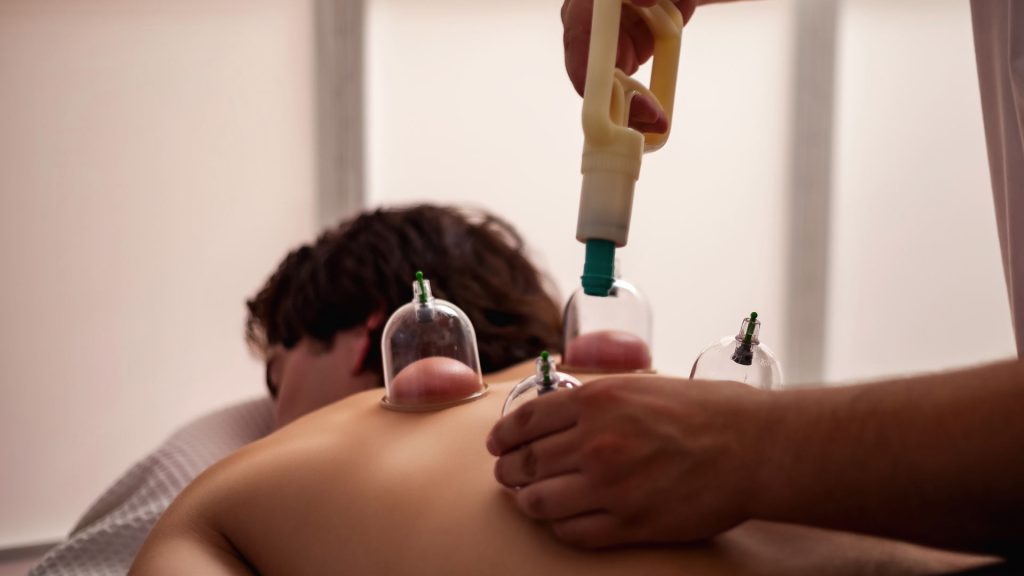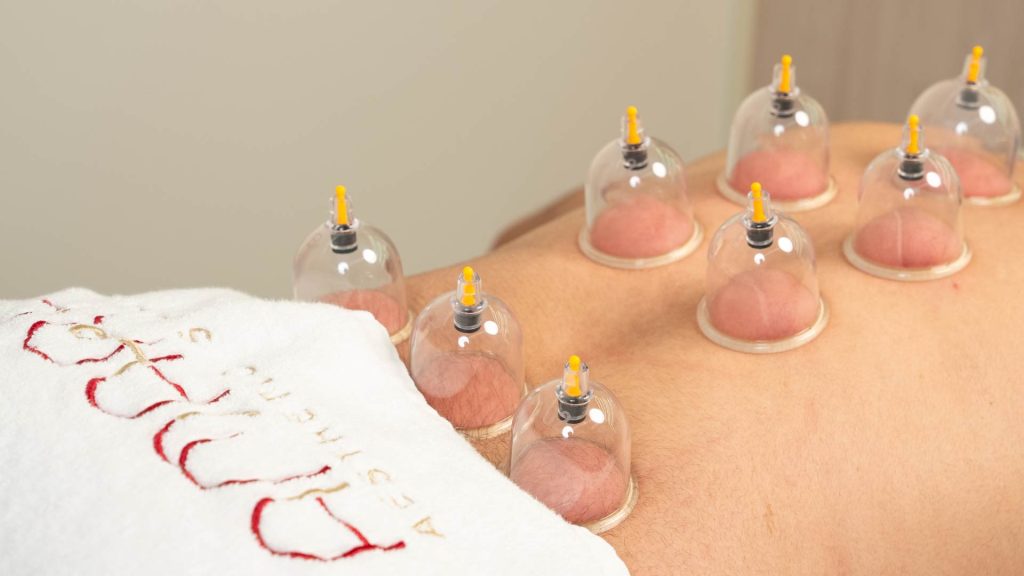Hijama Therapy Explained: Does It Hurt and What Are the Possible Side Effects?
 Wellness Treatments
Wellness TreatmentsWalk into any wellness lounge today, and you’ll see services like vitamin drips, beauty treatments, and traditional therapies like Hijama. The word alone gives an image of an age-old traditional practice. While Hijama is therapeutic in nature, people are still confused about it. And so, the questions arise — Will it sting? Is it safe? What unfolds the moment you rest on that fresh treatment bed?
Let’s unpack Hijama therapy while answering your questions without making it uninteresting.
What Exactly Is Hijama Therapy?
Hijama is an old, trusted form of cupping, often called wet cupping because it draws out a small amount of blood. It’s been around for centuries, and many people still turn to it when headaches won’t budge, shoulders feel tight, or the body just feels heavy.
It’s a gentle nudge for better circulation and a quiet break for tired muscles. Most people don’t come for Hijama expecting magic — they come for the feeling afterward. It’s calm, grounding, and for many, there’s something satisfying about giving your body this old-school reset.
The Million Dollar Question: Is Hijama Therapy Painful?

Hijama is not a scented oil massage. A small blade does make contact with your skin, and a cup does create suction to coax out blood. That said, the discomfort is, by most accounts, brief and surprisingly mild.
Think of it as tiny pinpricks rather than anything resembling pain worth fainting over. If you’ve braved eyebrow threading or a thorough deep-clean facial, you’ve probably endured more discomfort than a typical Hijama session brings. Most people describe it as a quick scratch followed by a dull tug — oddly satisfying, if you appreciate the feeling of your knots and tension slowly letting go.
What matters is who’s holding the blade and cups because an experienced therapist knows how to make the experience as comfortable as possible, walking you through it step by step. A steady hand and proper hygiene make all the difference.
What Are the Factors That Affect Pain Levels in Hijama (Wet Cupping Therapy)?
Your Personal Sensitivity
The good news is that the cuts are very shallow and done quickly, so for most people, it’s just a brief sting that’s over before you even notice. Everyone’s pain tolerance is different, of course, but many find Hijama surprisingly comfortable.
The Practitioner’s Skill
As mentioned above, Hijama is as much about technique as tradition. A trained therapist knows how to keep the cuts shallow, precise, and minimal — and how much suction to use so it feels effective, not overwhelming. In skilled hands, most clients are surprised by how bearable it is.
The Area Being Treated
Some spots naturally feel more sensitive than others. The upper part of the back is the most common area to get Hijama therapy done because it’s fleshy and tolerates the cups well than any other part of the body could.
The Number of Cups and Cuts
More cups mean more small incisions that could eventually cause slightly more sensation. If it’s your first time, many therapists start with fewer cups so your body can adjust gradually.
Hijama Therapy Side Effects
So, what’s the fine print? Every wellness treatment comes with a small “but…” and Hijama is no different. Here’s what to know about a few possible side effects before you settle in for your session.
1. Circular Marks:
The circular marks are perfectly normal and entirely temporary. They fade within a week or two and make for great conversation starters if you’re feeling generous with your health secrets.
2. Tenderness:
You may feel a bit sore where the cups were placed — nothing dramatic, more like post-massage tenderness than anything else. But a warm shower and some rest can help a lot.
3. Feeling Lightheaded:
A little blood loss might make some people feel slightly drained. If you feel a bit lightheaded, just take it easy, drink plenty of water, and give your body time to recharge.
4. Infection (Rare but Possible):
Here’s where standards matter. When done correctly — with single-use blades, medical-grade cups, and scrupulous hygiene — Hijama carries minimal risk of infection. Always pick a reputable studio. If the place looks questionable, so is the treatment.
Is It Worth Trying?
If you love taking care of your body in natural ways, Hijama is the perfect solution for you. The best part? When done properly, Hijama is calm, clean, and surprisingly soothing.
Hijama at Amara Aesthetic Studio: A Quiet Reset for Body and Mind

Hijama therapy, or wet cupping therapy in Dubai, is gaining more attention. At Amara, every Hijama session is given the time, skill, and calm atmosphere it needs.
Many people come for help with headaches that don’t let go, stiff shoulders that feel locked in place, or that drained feeling that coffee just can’t fix. Everything is done by trained hands, in a clean, calm space where you know you’re looked after properly.
People often say they leave feeling lighter, clearer — sometimes sleeping better than they have in weeks. For some, it helps ease cycle troubles or simply lifts that heavy feeling that builds up over busy days. It’s an old tradition, handled with care and respect, and for many at Amara Aesthetic Studio, it becomes that quiet appointment they look forward to when they need to feel like themselves again.
Book your consultation at Amara Studio today at +971 54 324 1234, and experience trusted, expert Hijama therapy in Dubai.
Frequently Asked Questions – Hijama Therapy
No need to imagine anything dramatic — the tiny pricks bring out just enough old blood to do the job. It’s more like a gentle draw than a wound. Everything is kept clean and tidy, and you’re patched up right after.
It’s good if you come in with an empty stomach or just don’t eat anything heavy right before the session. Wear something comfortable and loose and drink lots of water the day before.
You can definitely resume work just make sure you avoid gym or anything intense straight after the therapy as your body deserves a break and that’s the whole point of Hijama.
Hijama leaves marks, but they are totally temporary in nature. The light spots or circles that you notice clear up in a few days.
Hijama can be done every 3 months, about 3 to 4 times a year, or whenever you’re feeling tight, stressed, or just need a good reset.

